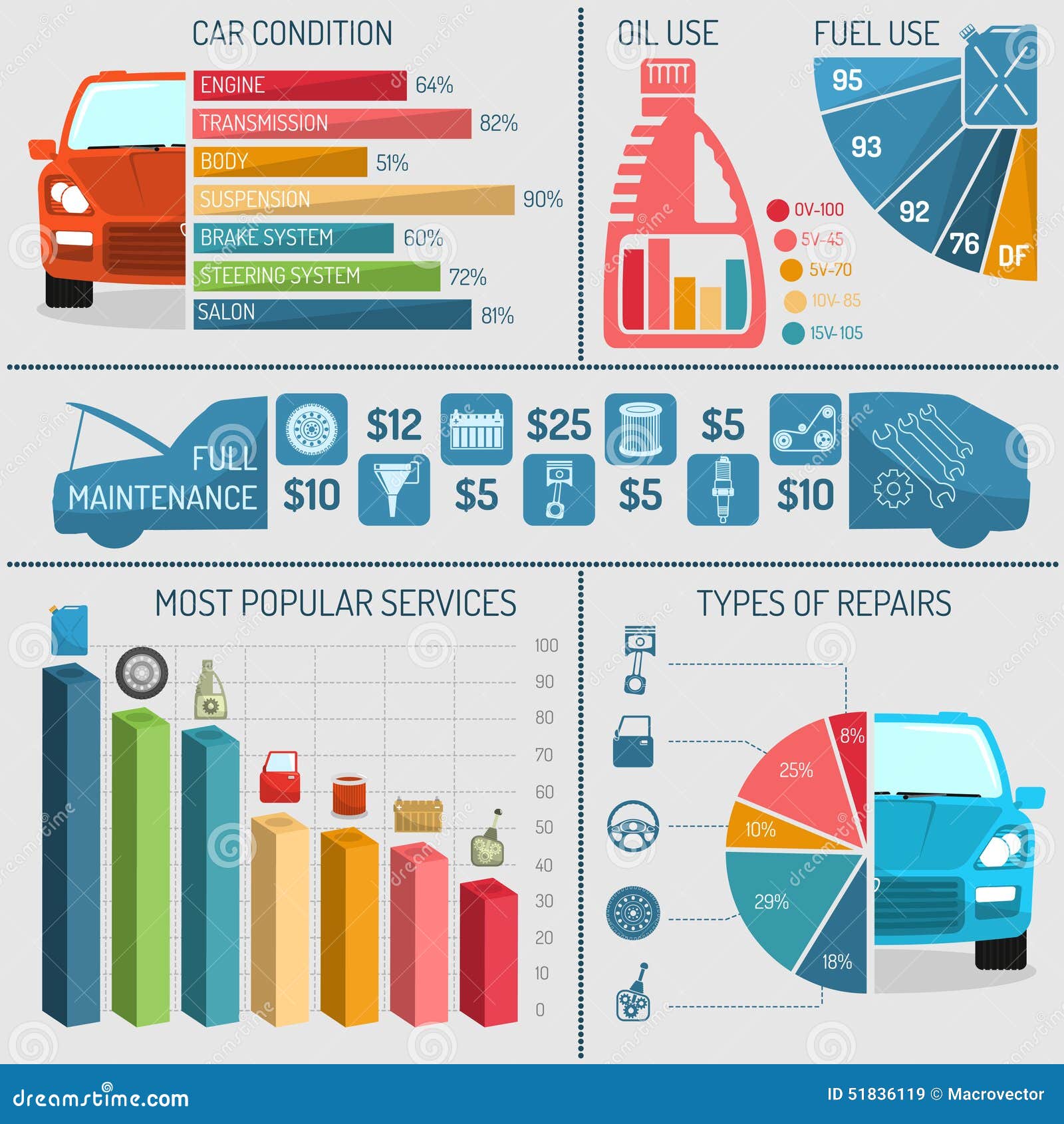Wondering Concerning The Meaning Behind Those Control Panel Caution Lights? Gain Understandings Into Their Effects For Your Lorry'S Safety And Upkeep
Wondering Concerning The Meaning Behind Those Control Panel Caution Lights? Gain Understandings Into Their Effects For Your Lorry'S Safety And Upkeep
Blog Article
Authored By- try this site
When you're behind the wheel, those radiant warning lights on your dashboard can be a little bit bewildering. Do you recognize what they're trying to tell you regarding your vehicle's wellness? Understanding the significance of these lights is vital for your security and the durability of your car. So, the next time among those lights appears, wouldn't you intend to understand its message accurately and take the essential steps to address it?
Common Warning Lighting and Interpretations
Identify usual caution lights in your automobile and recognize their significances to make sure secure driving.
One of the most normal caution lights include the check engine light, which indicates problems with the engine or discharges system. If this light begins, it's crucial to have your automobile checked without delay.
The oil stress advising light suggests low oil stress, requiring immediate interest to prevent engine damages.
A flashing battery light may recommend a faulty billing system, possibly leaving you stranded if not dealt with.
The tire stress monitoring system (TPMS) light notifies you to low tire stress, affecting lorry security and fuel efficiency. Overlooking this can cause risky driving problems.
https://www.benningtonbanner.com/local-news/no-bumper-crop-of-auto-parts-this-year-supply-problems-worldwide-affecting-vehicle-repair-industry/article_59b27b32-26f0-11ec-8b9a-cbeae0597102.html suggests a problem with the anti-lock braking system, endangering your ability to stop quickly in emergency situations.
Finally, the coolant temperature level alerting light warns of engine overheating, which can cause serious damage otherwise solved quickly.
Comprehending these usual warning lights will certainly aid you resolve issues quickly and maintain risk-free driving conditions.
Importance of Prompt Interest
Comprehending the usual warning lights in your auto is just the very first step; the significance of promptly resolving these warnings can't be stressed enough to guarantee your safety when driving.
When a warning light brightens on your dashboard, it's your vehicle's means of communicating a possible concern that requires attention. Neglecting these cautions can cause extra extreme issues down the road, endangering your safety and potentially costing you extra out of commission.
https://quick-oil-change-near-me18395.jaiblogs.com/57240277/the-advancement-of-car-explaining-key-fads-and-developments-to-monitor to cautioning lights can stop breakdowns and crashes. As https://israelnibxq.blogvivi.com/30839528/interested-in-the-prevalent-misconceptions-associated-with-vehicle-detailing-discover-the-facts-behind-these-ideas-and-discover-exactly-how-expert-outlining-can-be-beneficial-for-all-vehicle-owners , a flashing check engine light can indicate a misfire that, if left ignored, can create damage to the catalytic converter. Resolving this promptly can conserve you from a pricey repair.
Similarly, a brake system advising light might indicate low brake liquid or worn brake pads, crucial parts for your safety when driving.
DIY Troubleshooting Tips
If you discover a caution light on your dashboard, there are a few DIY fixing ideas you can attempt before seeking expert aid.
The very first step is to consult your car's handbook to recognize what the certain caution light shows. Often the problem can be as simple as a loosened gas cap activating the check engine light. Tightening the gas cap might deal with the issue.
Another common issue is a reduced battery, which can trigger various alerting lights. Examining the battery connections for rust and guaranteeing they're protected could take care of the problem.
If a caution light persists, you can try resetting it by detaching the auto's battery for a few minutes and afterwards reconnecting it. Additionally, checking your car's liquid levels, such as oil, coolant, and brake liquid, can help repair advising lights associated with these systems.
Final thought
Finally, recognizing your vehicle's caution lights is vital for maintaining your vehicle running smoothly and securely. By immediately addressing these signals and understanding what they mean, you can avoid expensive repair services and possible failures.
Bear in mind to consult your vehicle's manual for particular details on each cautioning light and act as necessary to ensure a trouble-free driving experience.
Keep informed, stay secure on the road!
